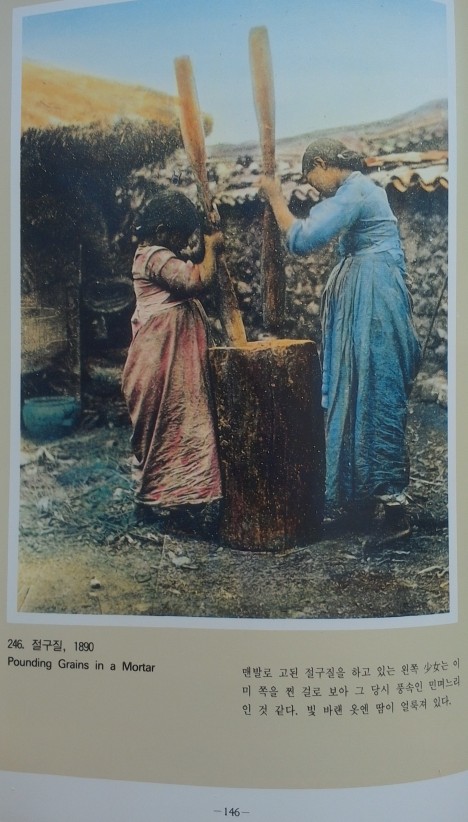In my last post, Serendipity, I introduced Ora Tuttle of Norwalk, Ohio, who in 1907, at the age of 27, realized her life-long dream of serving as a missionary in a foreign land. And where would she be going? The mysterious “Hermit Kingdom” of Korea.
The headline in the May 24, 1907 issue of the Norwalk Daily Reflector announcing Ora’s assignment caught my eye for several reasons, chief of which was my fascination with Korean history and culture.

I first went to Korea in 1975, as a young Second Lieutenant in the U.S. Army, assigned to the 2nd Infantry Division north of the capital of Seoul. On the bus ride from the airport to my unit, I stared out the window, transfixed by the high-hipped tiled roofs of the traditional homes. How did the inhabitants of those exotic dwellings spend their days? What customs did they observe? How did they relate to one another. What thoughts occupied their minds? I was hooked.
At that time, the country still struggled to recover from the horrors of the Korean War, and a large part of the population lived an agrarian life not unlike that of their ancestors one-hundred years before. I only spent a year in the country, and had little time to study the culture.
By the time I returned in 1986, to an assignment in Seoul, the nation’s economy had grown dramatically. Many old houses had been torn down and replaced by high-rise apartments. But my fascination with the old days remained. Now I had the time, and resources to travel and study, and I immersed myself in the culture, learning the language, and visiting every historical site I could find in an attempt to understand the country’s culture and history.

Gyeonbukgung Subway Station
In the newspaper, one day in 1986, I noticed an announcement of an exhibit of photographs of “old Korea” was being displayed at the Gyeongbokgung subway station in the northern part of the city. I headed there to see what it was about. What I found staggered me. In alcoves set in the walls of the station were photos depicting a land I had only imagined from visiting the traces of the old days that remained in the capital.
The exhibition promoted a book Korea 100 Years Ago in Photographs, published by the Catholic Publishing House. I bought a copy and studied the photos for months. What a treasure trove of images! There were, of course, the obligatory photos of famous people and important events, but the bulk of these images depicted the daily lives of ordinary people. And that was what drew me in.

This is my favorite photo in Korea 100 Years Ago in Photographs. Lifted from a daguerreotype glass plate from 1890, the vivid colors of their dresses gives life to these two, now long dead girls. Gazing at them, I feel an almost unbearable ache in my breast. Note that the English caption is brief to the point of being nearly useless. My limited language skills were sorely tested and my Korean- English dictionary got quite a workout as I perused this book.
This was the land that Ora Tuttle encountered when she arrived in Korea over one-hundred years ago. In fact, it is possible that she took some of the photos in this book — most were taken by missionaries. Her life in this land was so different from her previous life in Norwalk, Ohio, I wonder how she coped. But cope she did — for many years — as we will discover in future posts. How?
From childhood, Ora had prepared herself for the trials of living and working in a foreign land. In my next post, we’ll explore what inspired her to take on this challenge, and how she prepared for what would become her life’s work.
.
Thanks for visiting! Share and like this post below, and on Facebook. Let me know what you think in the comments. I’d love to hear from you!
Filed under: Korea, Norwalk HS Class of 1907, Norwalk OH High School, Norwalk, Ohio, Uncategorized | Tagged: Hermit Kingdom, Korea, Korea 100 Years Ago in Photographs, Korean Culture, Methodist Episcopal Church, Missionary, Norwalk Ohio History, Norwalk Reflector, Ora Tuttle, Tuttle Genealogy, US Army | Leave a comment »


 In late May, 1907, a letter from the
In late May, 1907, a letter from the  What about this headline captured my attention? First off, the name Tuttle rang a bell, although I wasn’t sure why. Then I remembered. In January, I posted a series of posts titled
What about this headline captured my attention? First off, the name Tuttle rang a bell, although I wasn’t sure why. Then I remembered. In January, I posted a series of posts titled 